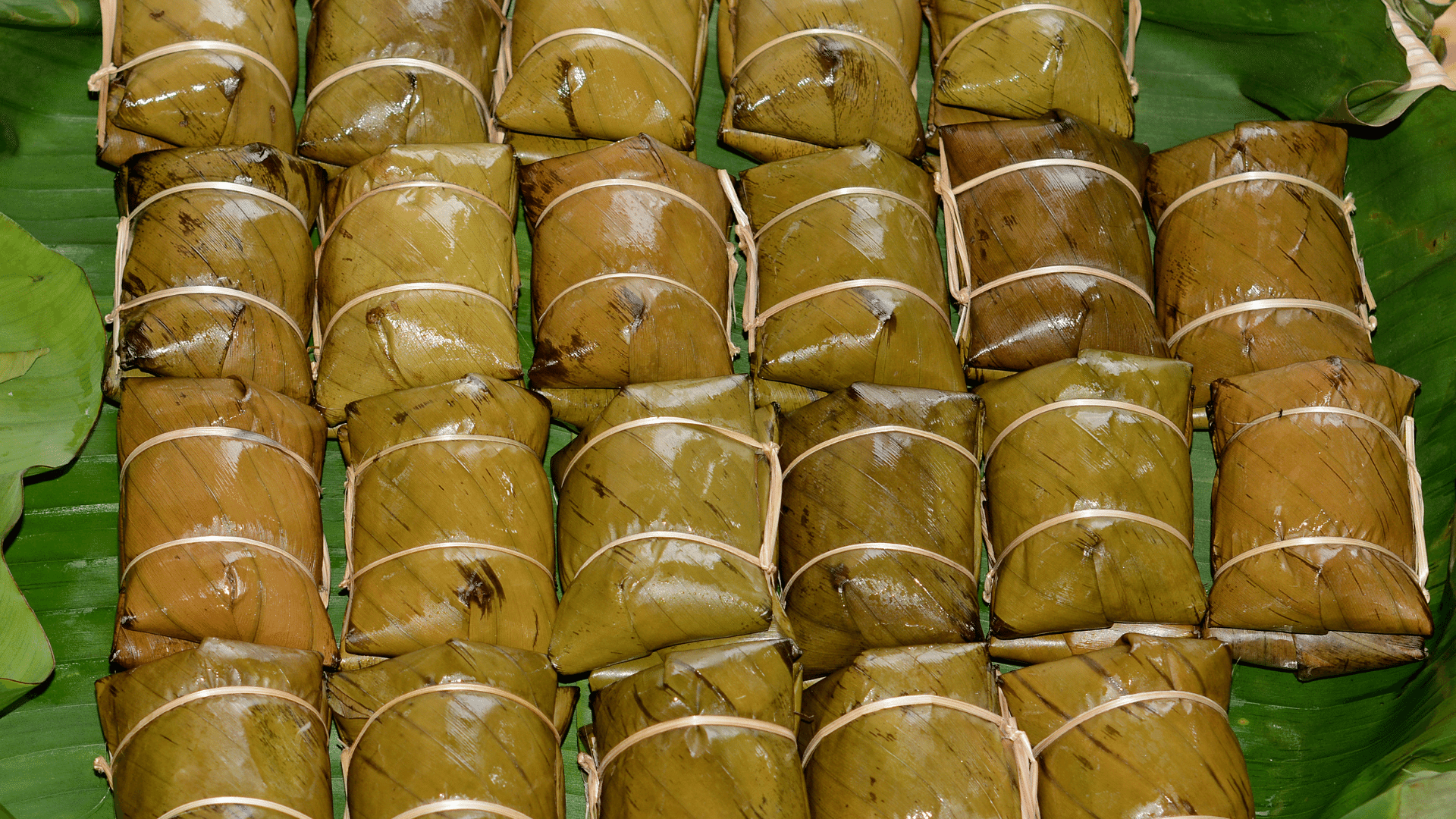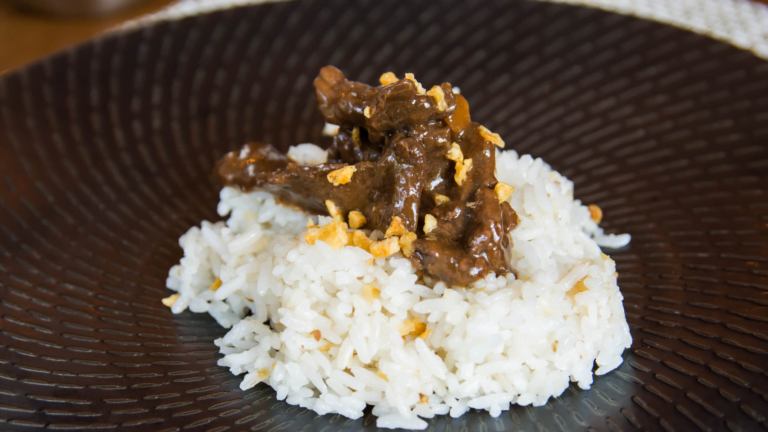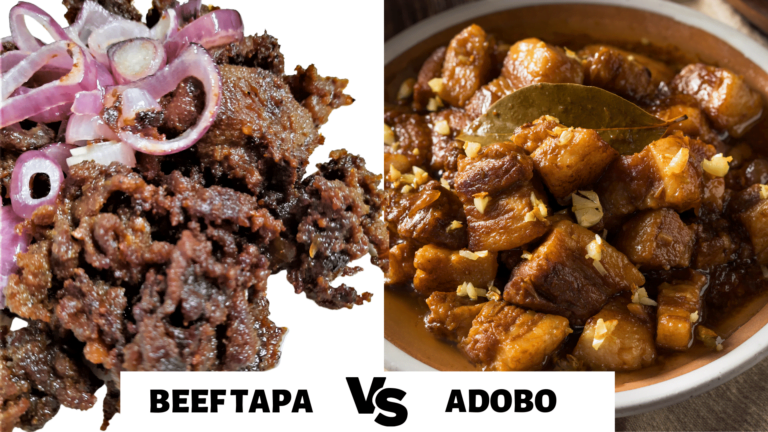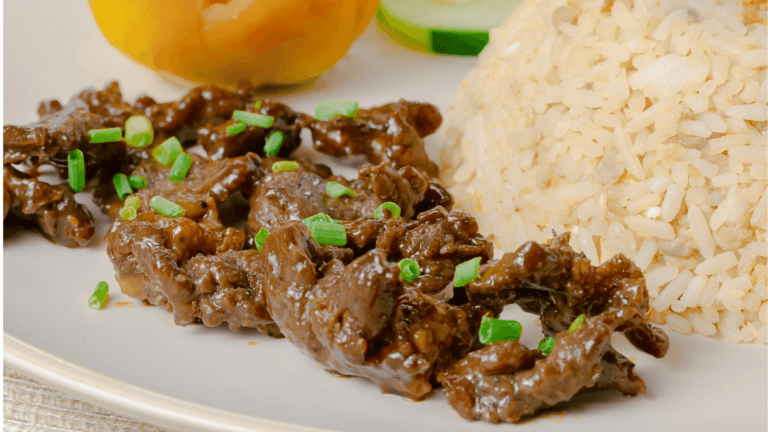Hidden Facts About Suman Sa Lihiya
WHAT IS SUMAN SA LIHIYA?
Over the years, I noticed a lot of changes in the authenticity of the taste of Suman sa Lihiya.
Suman sa Lihiya is an authentic Philippine snack. Among the many varieties of suman, SUMAN SA LIHIYA is the easiest one to make. Just soak glutinous rice in a mixture of water and lye water, wrap them in banana leaves, and boil them.
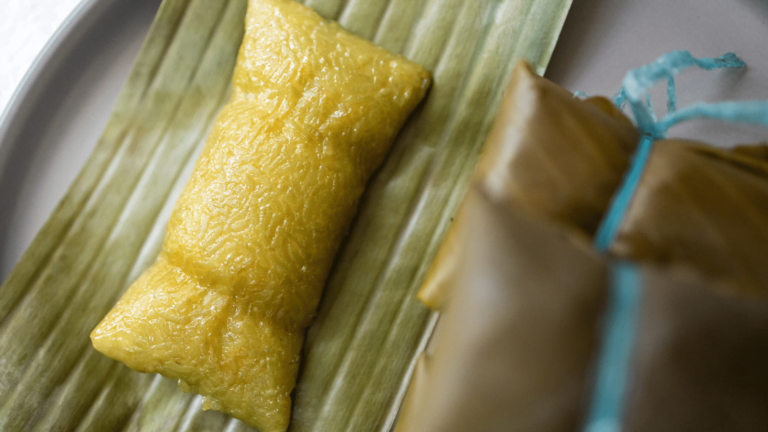
How is cooking method affected authenticity of the taste of SUMAN SA LIHIYA?
Life is a lot tougher for everyone. Most of us need to work hard and people are trying to find ways of changing the cooking method the easiest way possible to cater to our busy lifestyle. Due to this reason, I find it difficult to find the Suman sa Lihiya that I used to grow up with.
Who would have thought that cooking suman on a gas cooker instead of the traditional wood fire stove makes a lot of difference in its taste? A lot of people these days are even cooking suman in the rice cooker or even in a slow cooker, whatever comes next?
These days, I don’t expect much of its taste but the good memories that I have of the traditional way of preparing it then. Below is how my family usually prepares and cooks SUMAN SA LIHIYA.
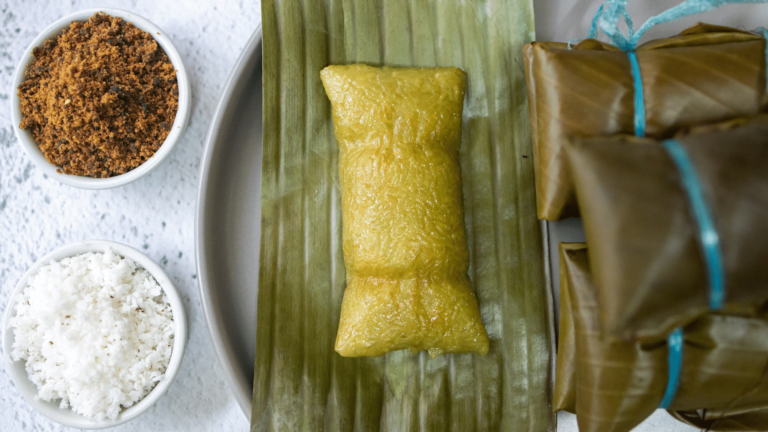
How is SUMAN SA LIHIYA traditionally cooked?
This version of the recipe is from Tagalog Region.
Some people replace water soak with coconut milk. My family is not particularly fussed about it. Because the coconut milk only washes away during the boiling process.
Papaya leaves are also used by some as a soaking ingredient to make the suman green. Banana leaves make the suman greenish in color only to the outer part where rice touches the banana wrap. Yet, papaya leaves enhance their color in vibrant greenish color. Which makes it more appetizing to see the entire suman in vibrant greenish color. Adding papaya leaves to soak does not add flavor to Suman sa Lihiya. That’s why this is only an optional ingredient. But if you want to go an extra mile, create this recipe to an intagramable level.

In our province, Suman sa Lihiya is traditionally cooked in a square empty can of canola oil. Utilizing an empty can of canola save pots from having stained. Boiling banana leaves can leave dark stains on pots. Suman is slowly cooked overnight on a wood fire stove made from an old water drum.
I remember my mother and father taking turns to get up every so often overnight to check on suman. They have a jug of water ready for adding water every time they check and add wood fire when needed.
Neighbors used to borrow and lend their square empty cans of canola oil. And so is their wood fire stove made from an old water drum.
I grew up observing this version of cooking suman. We call it SUMAN SA LIHIYA and most children call them “SUMANG MAGKAYAPOS”
SUMAN SA LIHIYA is definitely one of the best Filipino recipes to try.
IS ALL SAINT'S DAY CELEBRATION IN THE PHILIPPINES ONLY FOR CATHOLICS? WHY DO FILIPINOS PREPARE STICKY RICE DISHES FOR ALL SAINT'S DAY?
It’s a Philippine tradition for Catholics to prepare sticky rice dishes on All Saint’s Day. I hear elders say to offer sticky rice dishes to souls as they are among their favorite. Sticky rice is usually harvested a few weeks before All Saint’s Day. This occasion also calls to celebrate a good harvest of the year for the non-Catholics.
What is SUMAN SA LIHIYA best served with?
- This is traditionally served with freshly grated coconut and brown sugar on top or as a dip.
- This variety of suman is also commonly served with Coconut Caramel (caramelised coconut milk and brown sugar mixture).
- If none of the above is available, Yema Cream [boiled condensed milk] can also be used to spread on top of suman.
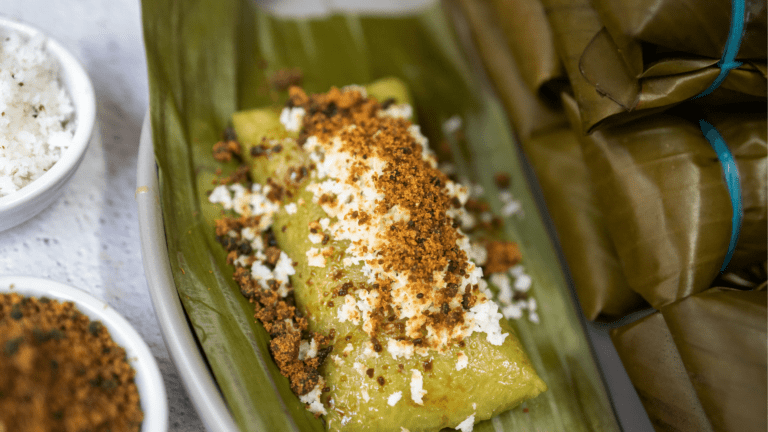
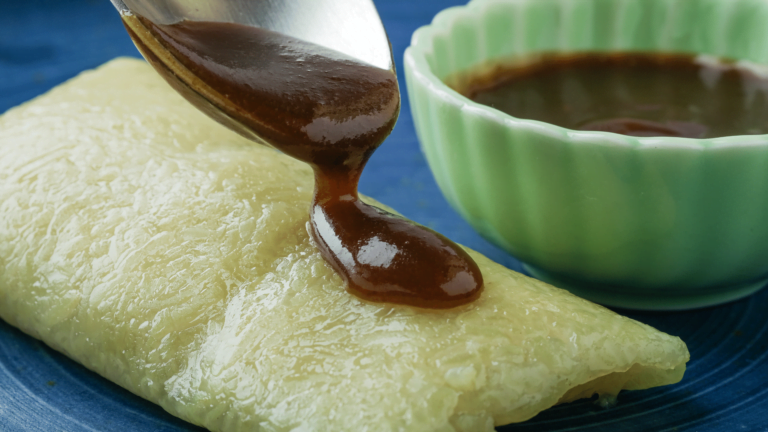
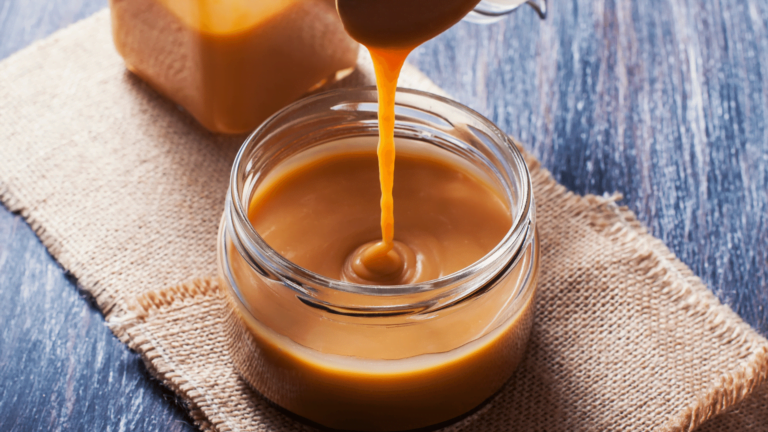
The best drink to pair with SUMAN:
- “Kapeng Barako” or Brewed Coffee would be my number one on the list.
- “Cacao Drink” from boiled “Tabliya” [pure native chocolate] is the best alternative for those non-coffee drinkers.
- Avocado Leaf Tea and Jackfruit Leaf Tea are best for those health conscious. Both tea tastes like regular black tea but you’ll be surprised by the health benefits these tea provide.
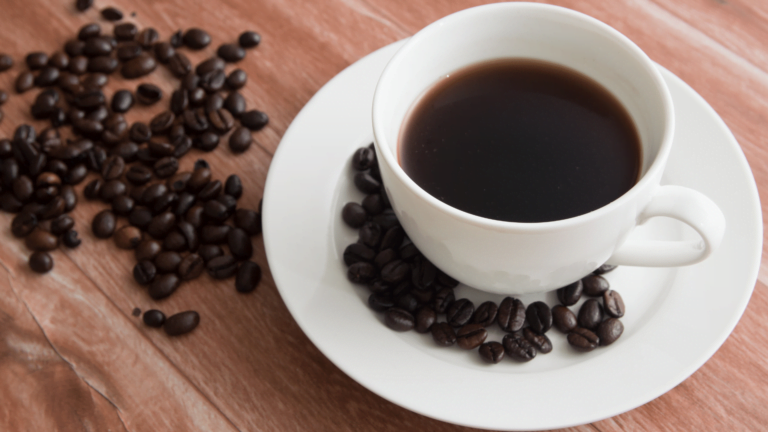
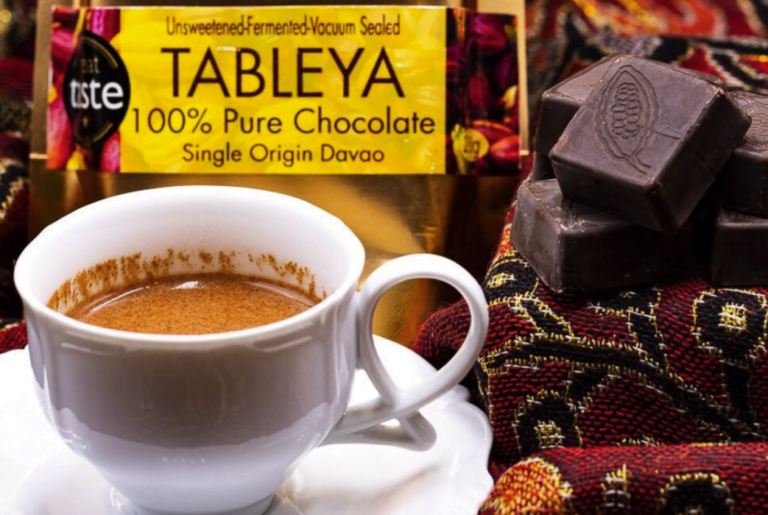
AVOCADO LEAF TEA
- Collect 4 pcs of dried avocado leaves.
- Washed avocado leaves.
- Place avocado leaves in 1 liter of water and boil for 10 minutes.
- Pour in to a strainer and serve.
- Health Benefits of Avocado Tea
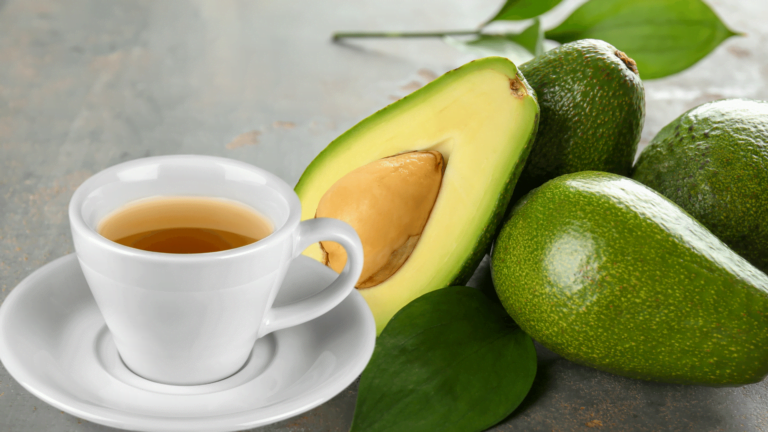
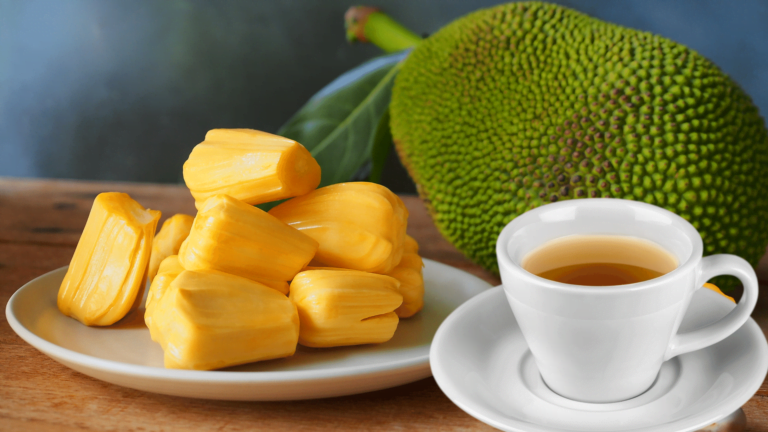
JACKFRUIT LEAF TEA
- 4 pcs of dried jackfruit leaves
- Wash jackfruit leaves.
- Boil jackfruit leaves in 1 liter of water for 10 minutes.
- Strain and serve.
- Health Benefits of Jackfruit Tea
Storage Instructions for SUMAN:
- Place suman in a sealed container and store them in the fridge. Consume within 2 days.
- Alternatively, place suman in a sealed freezer-safe bag or container and store in the freezer. Consume within 2 months.
Reheating Instructions for SUMAN:
- STEAM – The best way to reheat Suman is to steam them. Steam suman for 30 mins from chilled. Steam suman for 1 hour from frozen.
- FRY – Fry unwrapped suman (refrigerated and thawed) in a non-stick pan with coconut oil for 2 mins on each side on low-medium heat, attaining golden brown but not burn. Frozen unwrapped suman can also be fried but needs to be thawed first. Fry with coconut oil to a non-stick pan for 2 minutes on each side until golden brown.
- BOIL – Boil both chilled & frozen suman by placing suman (with banana wrapper still on) in a pan with 1/4 cup water. Boil for 5(chilled)-8(frozen) minutes in a covered pan on low-medium heat.
- MICROWAVE – Suman can also be reheated in the microwave. Add 2 tbsp water to a microwave-safe dish and cover. Microwave in full power for 3(chilled)-6(frozen) minutes.
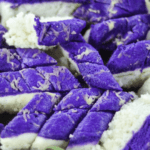
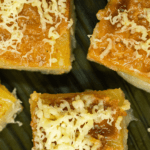
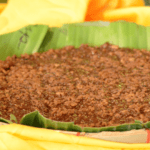
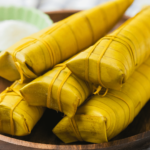
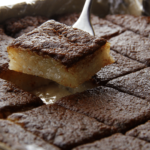
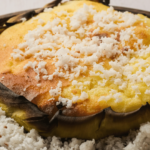
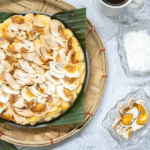
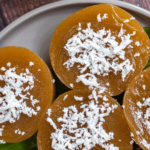
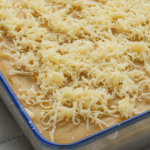
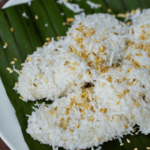
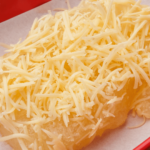
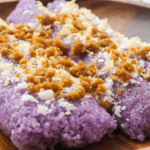
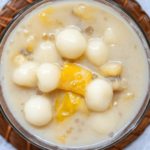
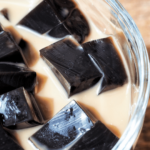
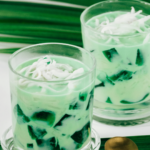
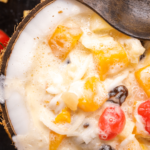
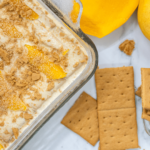
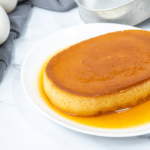
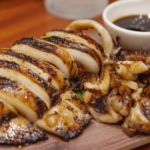
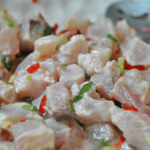
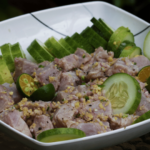
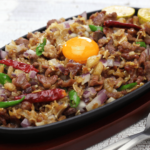
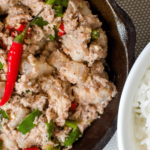
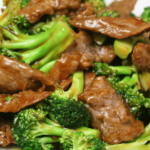
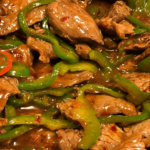
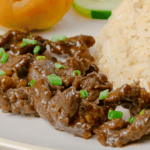

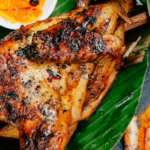
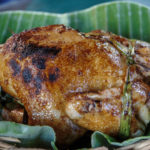

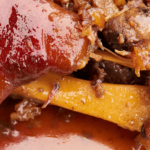
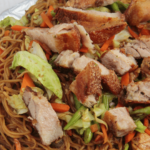
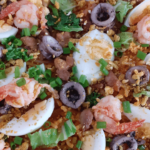
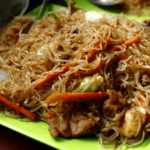
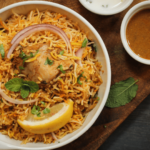
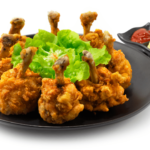

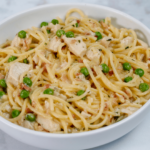
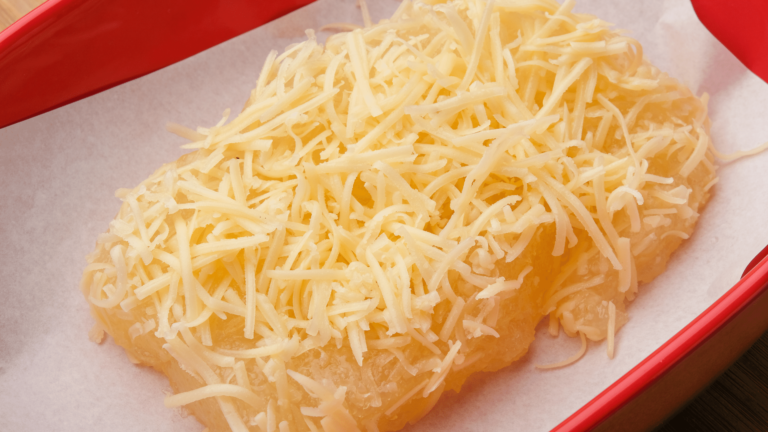
FEATURED RECIPE
PICHI-PICHI

